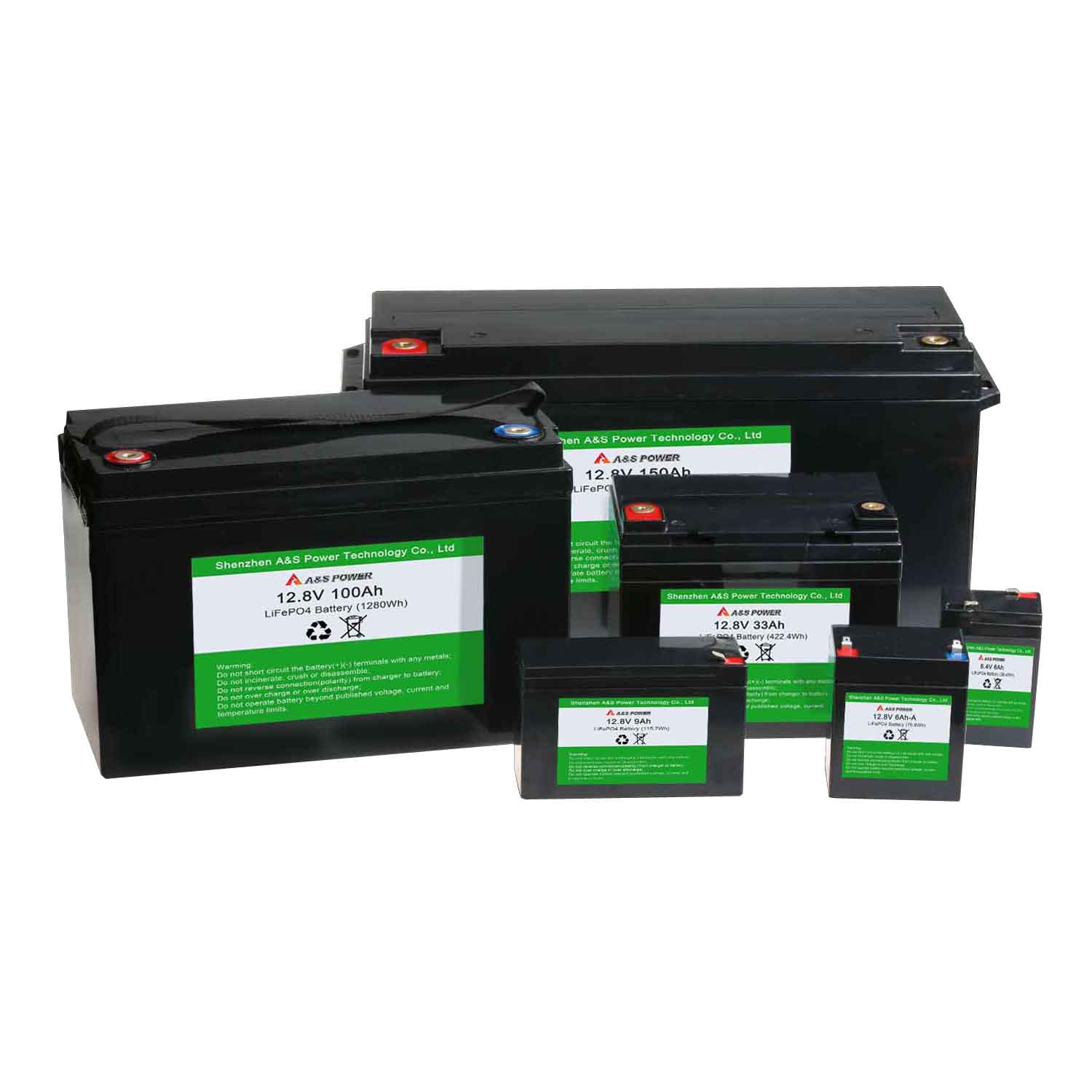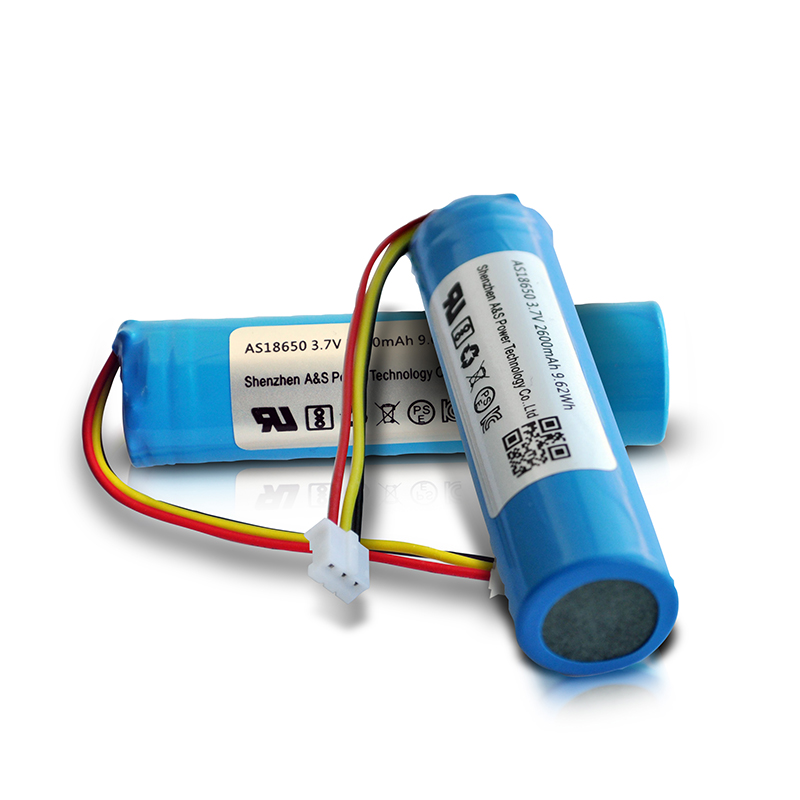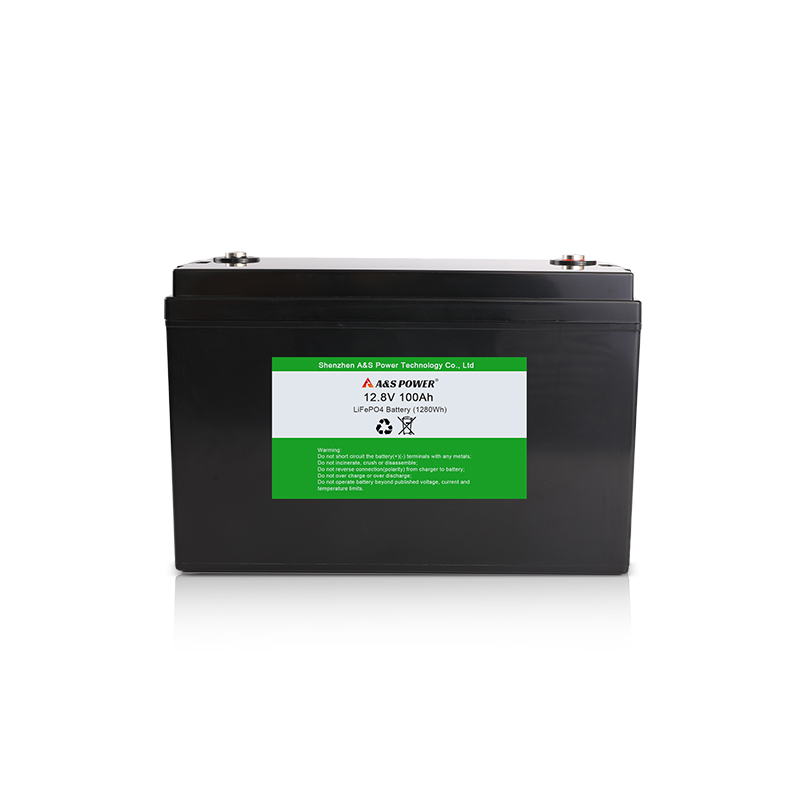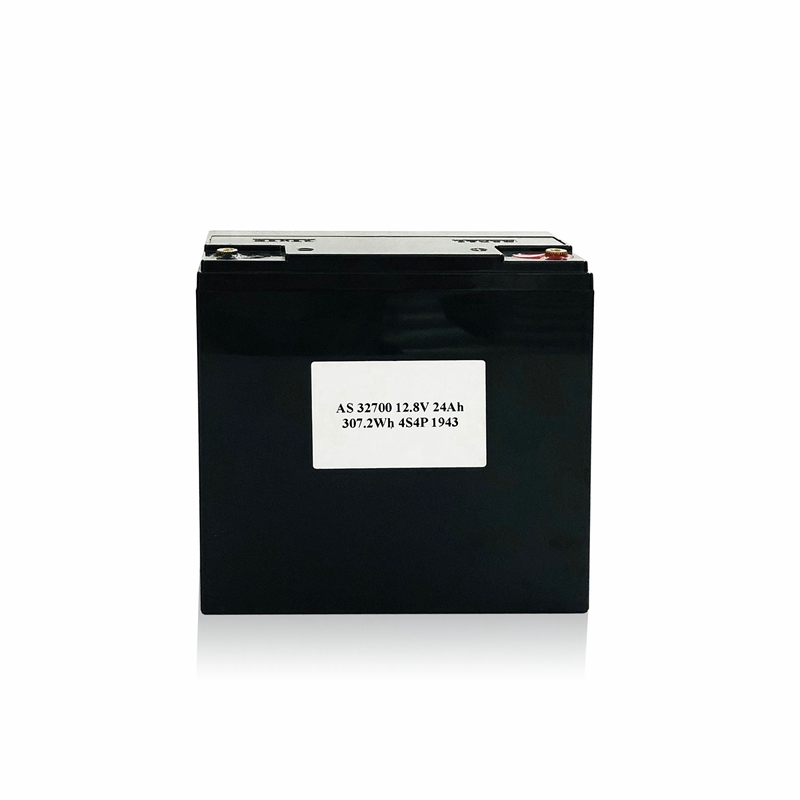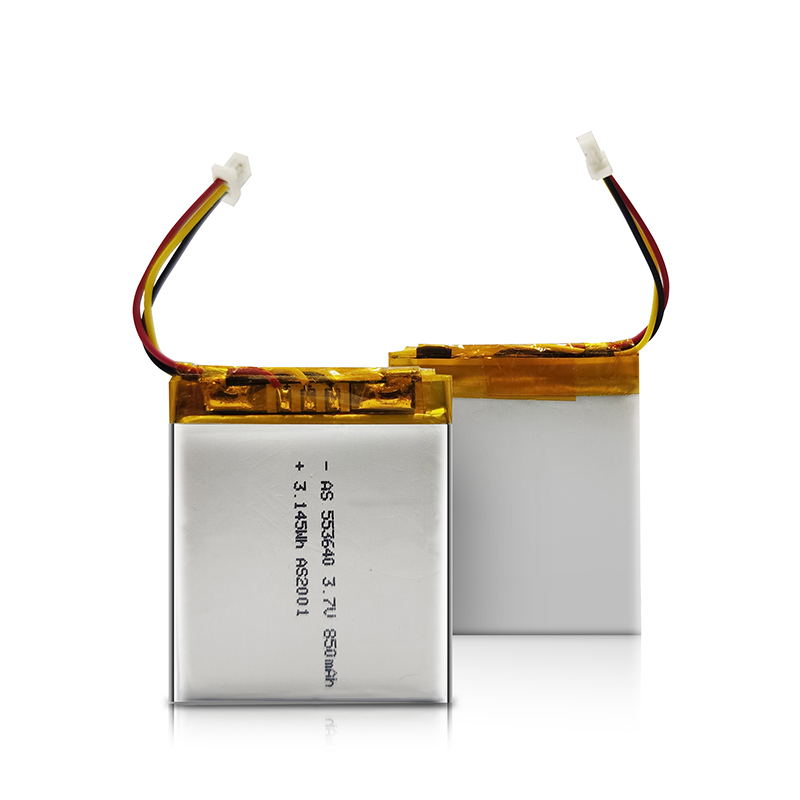What is Lithium Iron Phosphate Battery?
2021-07-02
The lithium iron phosphate (LiFePO4) battery, also called LFP battery (with "LFP" standing for "lithium ferrophosphate"), is a type of rechargeable battery, specifically a lithium-ion battery, which uses LiFePO4 as a cathode material. LiFePO4 batteries have somewhat lower energy density than the more common LiCoO2 design found in consumer electronics, but offer longer lifetimes, better power density (the rate that energy can be drawn from them) and are inherently safer. LiFePO4 is finding a number of roles in vehicle use and backup power.
LiFePO4 is a natural mineral of the olivine family . Its use as a battery electrode which was first described in published literature by John Goodenough's research group at the University of Texas in 1996,as a cathode material for rechargeable lithium batteries. Because of its low cost, non-toxicity, the natural abundance of iron, its excellent thermal stability, safety characteristics, electrochemical performance, and specific capacity it gained some market acceptance.
The LiFePO4 battery uses a lithium-ion-derived chemistry and shares many advantages and disadvantages with other Lithium-ion battery chemistries. However, there are significant differences.LiFePO4 cells experience a slower rate of capacity loss than lithium-ion battery chemistries such as LiCoO2 cobalt or LiMn2O4 manganese spinel lithium-ion polymer batteries or lithium-ion batteries. After one year on the shelf, a LiFePO4 cell typically has approximately the same energy density as a LiCoO2 Li-ion cell, because of LFP's slower decline of energy density.
One important advantage over other lithium-ion chemistries is thermal and chemical stability, which improves battery safety. LiFePO4 is an intrinsically safer cathode material than LiCoO2 and manganese spinel. The Fe-P-O bond is stronger than the Co-O bond, so that when abused, (short-circuited, overheated, etc.) the oxygen atoms are much harder to remove. This stabilization of the redox energies also helps fast ion migration.
As lithium migrates out of the cathode in a LiCoO2 cell, the CoO2 undergoes non-linear expansion that affects the structural integrity of the cell. The fully lithiated and unlithiated states of LiFePO4 are structurally similar which means that LiFePO4 cells are more structurally stable than LiCoO2 cells.No lithium remains in the cathode of a fully charged LiFePO4 cell—in a LiCoO2 cell, approximately 50% remains in the cathode. LiFePO4 is highly resilient during oxygen loss, which typically results in an exothermic reaction in other lithium cells.
As a result, lithium iron phosphate cells are much harder to ignite in the event of mishandling (especially during charge) although any fully charged battery can only dissipate overcharge energy as heat. Therefore, failure of the battery through misuse is still possible. It is commonly accepted that LiFePO4 battery does not decompose at high temperatures.The difference between LFP and the LiPo battery cells commonly used in the aeromodelling hobby is particularly notable.
